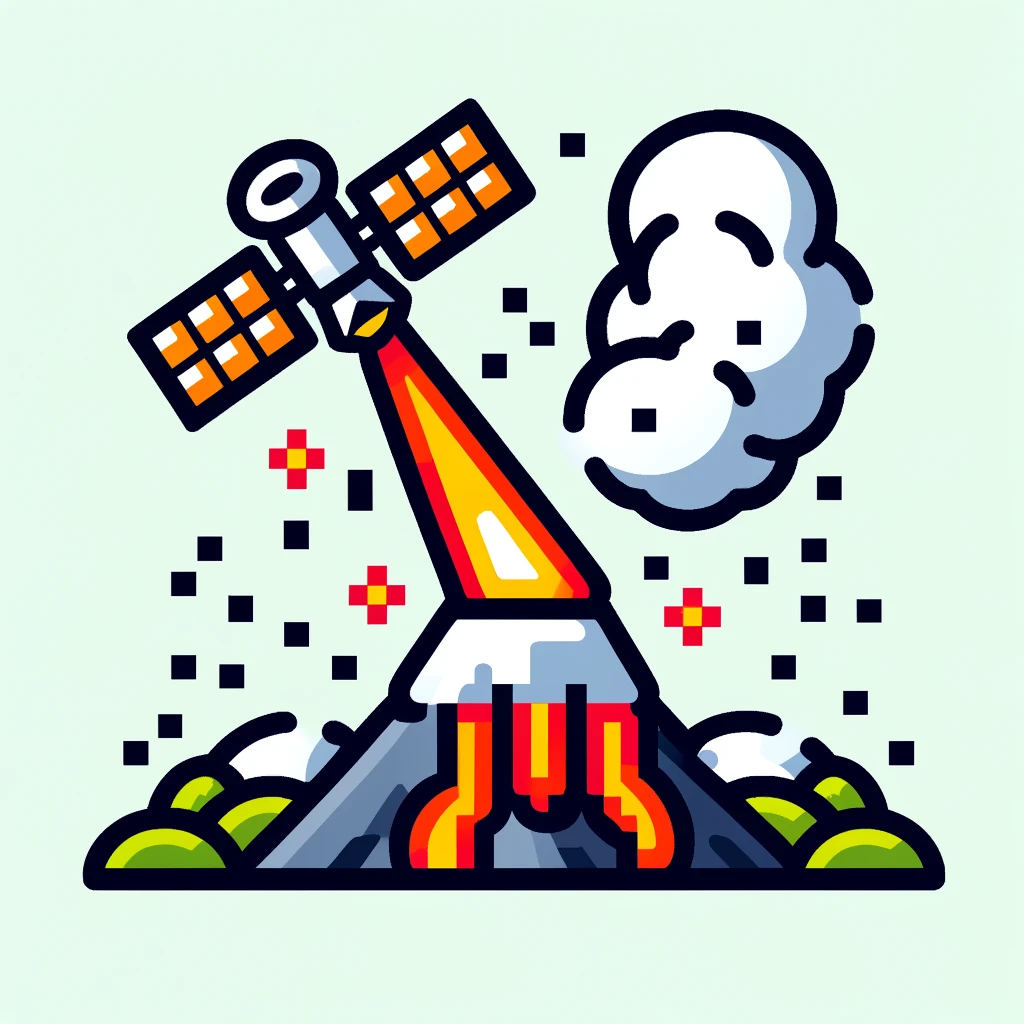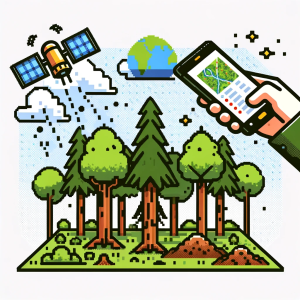
HotLINK: Unleashing Machine Learning to Detect Volcanic Eruptions from Space
Volcanoes are captivating yet formidable forces of nature, often striking fear into those living in their shadows. But what if scientists could predict their violent eruptions before they occur?
That’s precisely what the Hotspot Learning and Identification Network, or HotLINK, aims to achieve. By leveraging the power of machine learning and satellite imagery, HotLINK offers researchers a groundbreaking way to identify volcanic hotspots from space.
Understanding HotLINK’s Mission

HotLINK is a computer vision model that uses Convolutional Neural Networks (CNNs) to analyze satellite imagery. It detects volcanic hotspots – or areas emitting localized thermal radiation – from space. These hotspots can signal underground volcanic processes and alert scientists to potential eruptions. Through a collection of over 3,800 satellite images from two Alaskan volcanoes, Mount Veniaminof and Mount Cleveland, HotLINK was trained to recognize and classify thermal patterns with remarkable accuracy.
From Space to the Ground: Why HotLINK Matters
Thermal emissions from volcanoes often precede an eruption, allowing scientists to monitor volcanic activity remotely and in near real-time. Traditionally, detecting these emissions relied on threshold-based algorithms that could miss subtle heat signals or generate false alarms. HotLINK offers three key improvements:
- Enhanced Sensitivity: It identifies smaller thermal anomalies, detecting 22% more hotspots than existing algorithms.
- Probability-Based Confidence: Each detection comes with a probability score, giving scientists an idea of its accuracy.
- Sensor Versatility: HotLINK works across multiple satellite sensors, enabling global monitoring.
The HotLINK Difference in Alaska
HotLINK achieved an impressive 96% accuracy (F1-score 0.92) in identifying hotspots in unseen images from the same two volcanoes used for training. When applied to six other Alaskan volcanoes, it maintained a solid 95% accuracy (F1-score 0.67). Additionally, its adaptability allowed it to analyze historical data from other sensors like MODIS (Moderate Resolution Imaging Spectroradiometer).
The Big Picture
HotLINK provides scientists with unprecedented insights into volcanic behavior. By analyzing 10 years of VIIRS (Visible Infrared Imaging Radiometer Suite) data and 22 years of MODIS data across eight Alaskan volcanoes, it identified patterns indicating eruptions and periods of volcanic unrest. For instance, it detected subtle warming at Mount Veniaminof before its 2018 eruption, possibly indicating precursory volcanic activity.
Implications for Future Volcanic Monitoring
As scientists aim to predict eruptions and minimize disaster risks, tools like HotLINK become invaluable. Its data-driven approach offers insights not only into past eruptions but also emerging threats. Researchers can expand the system globally, potentially revolutionizing volcanic monitoring.
Discussion Questions
- In what other regions or volcanic systems could HotLINK’s technology significantly improve eruption prediction and disaster preparedness?
- How might future improvements in machine learning or satellite technology enhance volcanic monitoring?
Explore, Learn, and Grow with Science:
Step into the realm of discovery with ‘This Week in Science’! Tailored for both educators and science enthusiasts, our newsletter offers a weekly exploration of groundbreaking research and inspiring stories from the scientific community. By subscribing, you’re not just reading – you’re expanding your horizons in teaching and learning. Join us for free and start a journey that reshapes your engagement with science, fostering a more informed and passionate approach.
About the Author
Jon Scaccia, with a Ph.D. in clinical-community psychology and a research fellowship at the US Department of Health and Human Services with expertise in public health systems and quality programs. He specializes in implementing innovative, data-informed strategies to enhance community health and development. Jon helped develop the R=MC² readiness model, which aids organizations in effectively navigating change.



